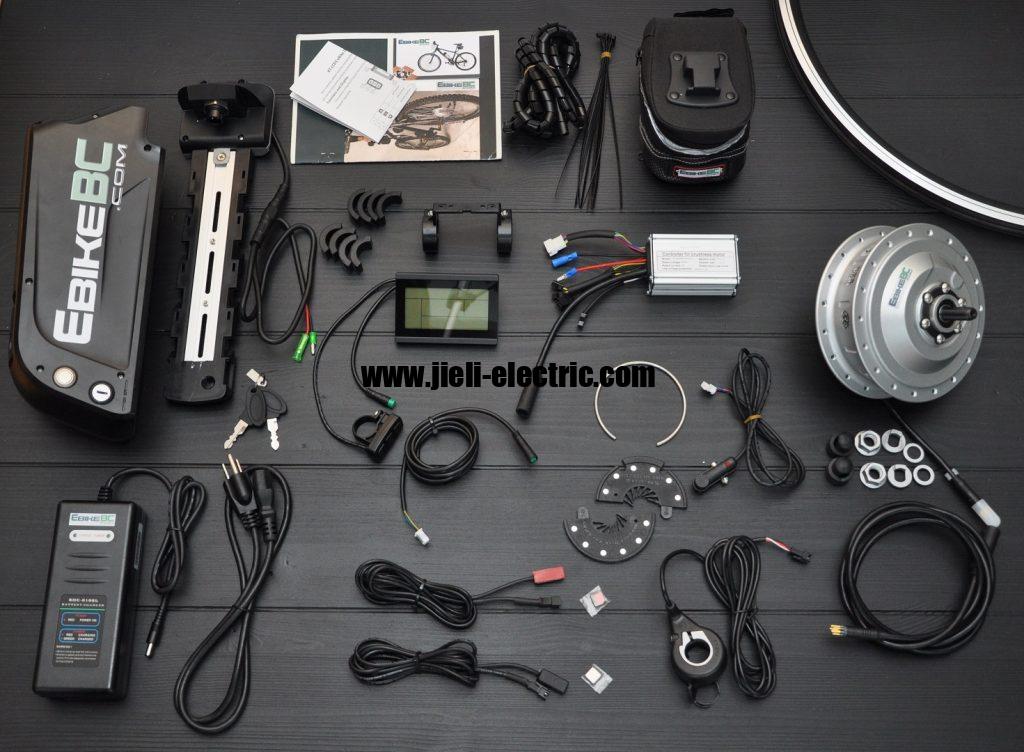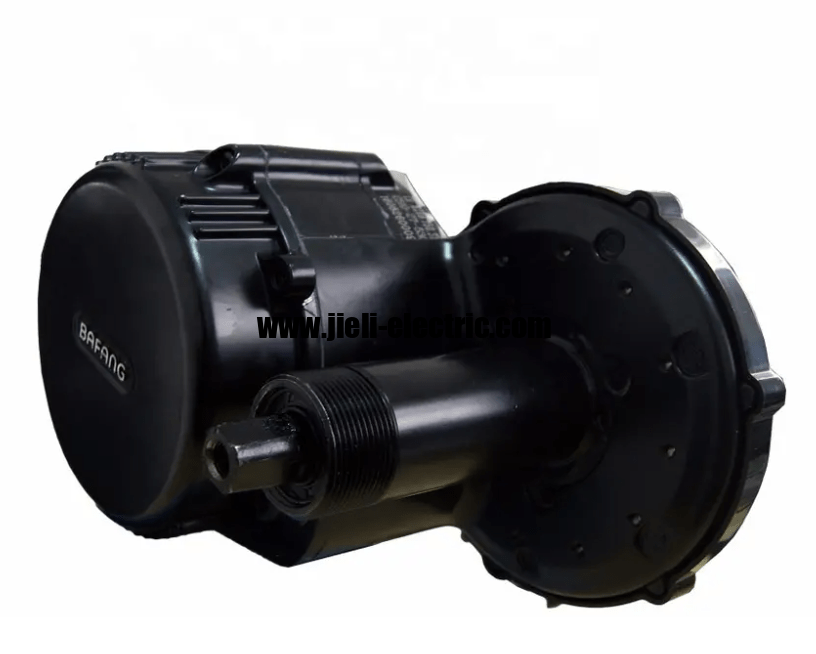Transporting a 70 lb e bike requires careful planning and execution to ensure both safety and efficiency. As electric bicycles grow in popularity, understanding the best practices for their transport becomes essential for enthusiasts and casual users alike. This article aims to guide you through the critical steps necessary for securely and safely transporting your e-bike, from selecting the right vehicle to preparing your bike for the journey. By employing proper loading techniques and securing your e-bike effectively, you can mitigate potential risks during transit. Additionally, we will explore further safety considerations to enhance your overall transport experience.
Choosing the Right Vehicle for Transport
Selecting a vehicle with adequate space and weight capacity is crucial for the safe transport of a 70 lb e-bike. This ensures that the bike can be securely loaded without compromising the vehicle’s stability or safety. Consider vehicles with reinforced rear racks or internal compartments designed specifically for transporting bicycles. Additionally, it is essential to assess the vehicle’s towing capacity if utilizing a bike rack or trailer system. Once you have chosen the appropriate vehicle, the next step involves preparing your e-bike for the journey.
Preparing Your E-Bike for the Journey
Proper preparation of your e-bike for the journey is essential to ensure its safety and functionality during transport. Begin by conducting a thorough inspection of the bike, checking for any mechanical issues or loose components that could become problematic. Additionally, it is advisable to remove any detachable accessories or items that may be susceptible to damage during transit. Ensure the battery is securely fastened and, if necessary, remove it for safer transport. Following these steps will lay the groundwork for understanding proper loading techniques.
Proper Loading Techniques
Effective loading techniques are essential for ensuring the stability and safety of a 70 lb e-bike during transit. Properly positioning the bike within the transport vehicle can help prevent shifting or damage during movement. Utilizing a ramp can assist in loading the e-bike without straining the body or risking injury. Additionally, protecting the bike with padding can mitigate the risks associated with vibrations and impacts. Once the bike is securely loaded, attention must turn to securing your e-bike during transport.
Securing Your E-Bike During Transport
The importance of securing your e-bike during transport cannot be overstated, as it significantly reduces the risk of damage and ensures safety on the road. Utilizing high-quality straps or tie-downs is essential to prevent movement while in transit. Additionally, securing both the frame and wheels will help maintain stability and protect the e-bike’s components. Regularly inspecting the securing mechanism before and during transport can further enhance safety. This attention to detail leads naturally to additional safety considerations that should be taken into account when transporting your e-bike.
Additional Safety Considerations
Additional safety considerations include ensuring that the e-bike is securely fastened to avoid movement during transit and regularly checking the load to prevent any potential hazards. It is advisable to utilize appropriate padding or cushioning materials to protect both the e-bike and the vehicle from damage. Proper weight distribution within the transport vehicle is crucial to maintain stability and avoid accidents. Additionally, using reflective gear or lights on the e-bike can enhance visibility during transport, especially in low-light conditions. Finally, familiarize yourself with local regulations regarding the transport of e-bikes to ensure compliance and safety.
Frequently Asked Questions
What are the legal requirements for transporting an e-bike in my state?
The legal requirements for transporting an e-bike can vary significantly from state to state, and it is essential for individuals to familiarize themselves with the specific laws applicable in their jurisdiction. Generally, regulations may cover aspects such as the maximum speed limit for e-bikes, age restrictions for riders, and the type of bike lanes or roads where e-bikes are permitted. Additionally, some states may require e-bikes to be registered or insured, while others may impose restrictions on the transport of e-bikes on public transportation systems. It is advisable to consult local transportation authorities or state legislation to ensure compliance with all relevant regulations. Furthermore, factors such as the weight and size of the e-bike may also influence transportation methods and any associated legal implications. Ultimately, staying informed about the legal landscape surrounding e-bike transportation is crucial for both safety and compliance.
Can i transport my e-bike on public transportation?
Transporting an e-bike on public transportation is generally permitted, but specific regulations can vary by transit agency and location. It is important to consult the policies of the relevant public transportation system to determine if there are any restrictions on size, weight, or type of bicycle allowed. Many transit systems may require e-bikes to be folded or fitted with specific accessories, such as a bike rack or cover, to ensure safe transport. Additionally, some agencies may designate certain times of the day when bicycles can be brought aboard to minimize congestion. Riders should also consider the impact of their e-bike on fellow passengers, especially in crowded or confined spaces. Ultimately, being informed about local regulations and practicing courtesy will contribute to a smooth and compliant experience when transporting an e-bike on public transportation.
Are there specific insurance considerations for transporting an e-bike?
When considering the transportation of an e-bike, it is essential to address specific insurance considerations that may arise. First, it is advisable to review your current homeowner’s or renter’s insurance policy, as some may offer coverage for theft or damage during transportation. Additionally, specialized bike insurance policies can provide more comprehensive protection, covering liabilities and accidents that may occur while the bike is being transported. It is also important to check if your auto insurance policy includes coverage for transporting items on a vehicle, particularly if you plan to use a car or truck for transport. Moreover, understanding any limitations or exclusions in these policies is crucial, especially regarding the mode of transport or value of the e-bike. Ultimately, ensuring adequate coverage can mitigate financial risks and provide peace of mind during transportation.
If you’re looking to expand your knowledge about e-bikes, especially regarding their regulations on highways in the Philippines, I highly recommend visiting this informative webpage: Understanding E-bike Regulations on Highways in the Philippines. It offers valuable insights that can help you navigate the rules and ensure a safe riding experience. Don’t miss out on this essential information!


